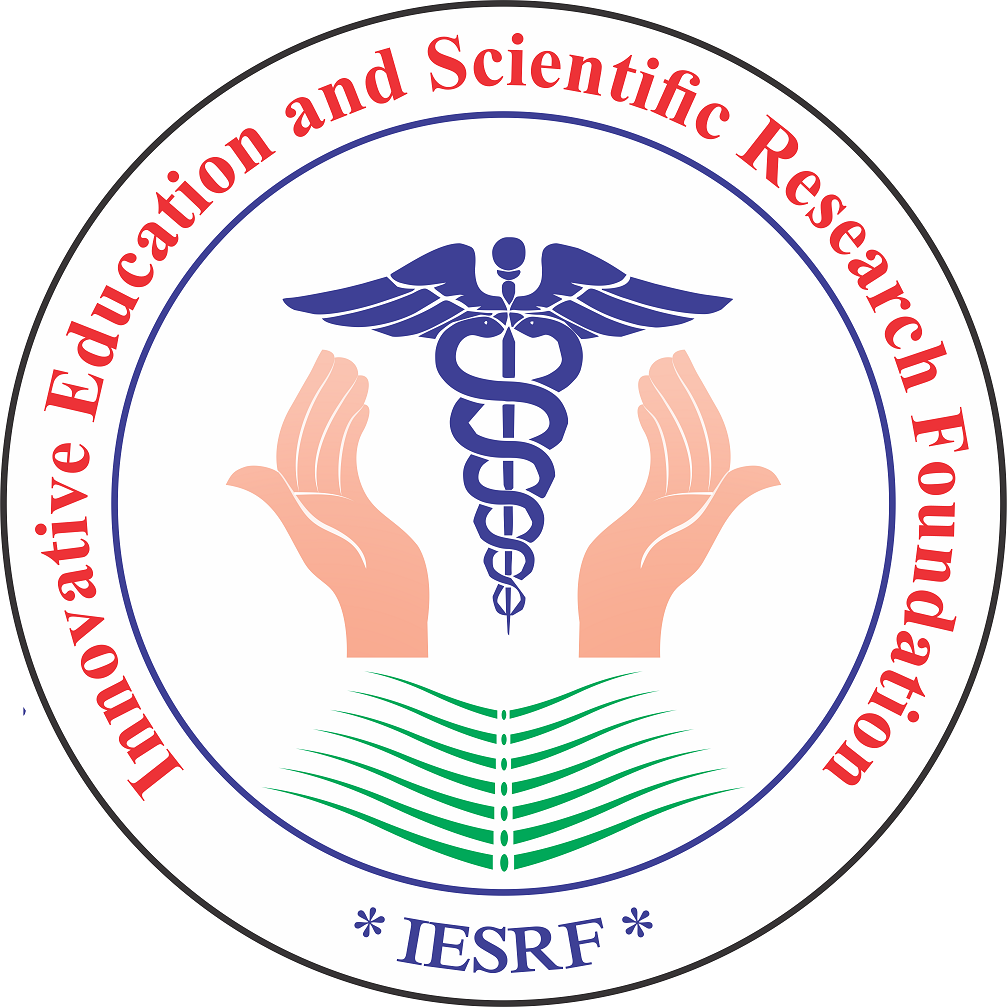- Visibility 115 Views
- Downloads 39 Downloads
- Permissions
- DOI 10.18231/2394-5478.2018.0076
-
CrossMark
- Citation
Prevalence of fungal infections in patients attending tertiary care teaching hospital, middle Gujarat, India
- Author Details:
-
Hitesh R Ahir
-
Bhavesh P. Gohil *
Introduction: With the increasing number of immuno-compromised patients suffering from different types of infections, invasive fungal infections have emerged as a most common cause of morbidity and mortality in these patients. Candida spp. and Aspergillus spp. are the most common causes of fungal infection in immuno-compromised patients. Different types of Candida non-albicansspecies have emerged as a major cause of candidemia in most of the countries.
Aim: The aim of this study is to detect the prevalence of fungal infection in patients and to study their sensitivity pattern to different antifungal drugs.
Materials and Methods: The study was carried out from January’17 to December’17, to know the fungal infection prevalence, Candida albicans, Aspergillus, opportunistic fungal infections in patients of our institute. During this period total number of 2867 different clinical samples received in the microbiology laboratory for fungal culture and sensitivity testing. All other specimen received in microbiology laboratory was processed using standard microbiological guidelines for yeast and mold isolation. Susceptibility of different fungal species to antifungal agents was performed by using standard guidelines for broth dilution and antifungal disk diffusion susceptibility test.
Results: During the study period total 193 fungal species were isolated from 2867 different clinical specimens received in microbiology laboratory. Candida infection was more common in patient age group between 19-60 yrs., also in male patients and also predominates in admitted patients. Invasive fungal infection was most commonly caused by Candidanon-albicans. C.tropicalis was highest isolated followed by C.albican.
Conclusion: All Candida isolated were susceptible to Caspofungin. Candida albicans shows 26% and non-albicans shows 4% resistance to Voriconazole.
Keywords: Fungal Infection, Candida albicans, Aspergillus, Opportunistic infection.
References
- Livio P, Morena C, Anna C, Massimo O, Luana F. The epidemiology of fungal infections in patients with hematologic malignancies: the SEIFEM-2004 study. Haematologica. 2006;91:1068-75.
- Selim H, Hammouda A, Sadek N, Ahmed M, Al-Kadassy A. Fungal Infection among Patiens with some Hematopoietic Disorders. Egypt Public Health Assoc. 2006;81:321-33.
- Pahwa N, Kumar R, Nirkhiwale S, Bandi A. Species Distribution and drug Susceptibility of Candida in clinical isolates from a tertiary care at Indore. Indian Journal of Medical Microbiology. 2014;32(1):44-48.
- Arendrup MC, Sulim S, Holm A, Nielsen L, Nielsen SD, Knudsen JD, et al. Diagnostic issues, clinical characteristics, and outcomes for patients with fungemia. J Clin Microbiol. 2011;49:3300-8.
- Murray MP, Zinchuk R, Larone DH. CHRO Magar Candida as the sole primary medium for isolation of yeasts and as a source medium for the rapid-assimilation- of-trehalose test. J Clin Microbiol. 2005;43:1210-2.
- Baillie GS, Douglas LJ. Iron-limited biofilms of Candida albicans and their susceptibility to Amphotericin B. Antimicrob Agents Chemother. 1998;42:2146-9.
- Falagas ME, Rousson N, Vardakas KZ. Relative frequency of albicans and non-albicans candidaspp among candidaemia isolates from inpatients in various parts of the world: A systematic review. Int J Infect Dis. 2010;14:e954-66.
- Pfaller Ma. Diekema DJ, Sheehan DJ. Interpretive breakpoints for Fluconazole and Candida revisited: A blueprint for the future of antifungal susceptibility testing. Clin Microbiol Rev. 2006;19:435-47.
- Mokaddas EM, Al-Sweih Na, Khan ZU. Species distribution and antifungal susceptibility of Candida bloodstream isolates in Kuwait: a 10-year study. J Md Microbiol. 2007;56:255-9.
- Xess I, Jain N, Hasan F, Mandal P, Banerjee U. Epidemiology of Candidemia in a tertiary care centre of North India: 5-year study, Infection. 2007;35:256-9.
- Adhikary R, Joshi S. Species distribution and anti-fungal susceptibility of Candidaemia at a multi super- specialty center in southern India. Indian Journal of Medical Microbiology. 2011;29(3):309-11.
- Kothavade RJ, Kura MM, Valand AG, Panthaki MH. Candida tropicalis: Its prevalence, pathogenicity and increasing resistance to Fluconazole. J Med Microbiol. 2010;59:873-80.
- Mathews Ms, Samuel PR, Suresh m. Emergence of Candida tropicalis as the major cause of fungaemia in India. Mycoses. 2001;44:278-80.
- Kothari A, Sagar V. Epidemiology of Candida bloodstream infections in a tertiary care institute in India. Indian J Med Microbiol. 2009;27:171-2.
How to Cite This Article
Vancouver
Ahir HR, Gohil BP. Prevalence of fungal infections in patients attending tertiary care teaching hospital, middle Gujarat, India [Internet]. Indian J Microbiol Res. 2018 [cited 2025 Oct 05];5(3):364-367. Available from: https://doi.org/10.18231/2394-5478.2018.0076
APA
Ahir, H. R., Gohil, B. P. (2018). Prevalence of fungal infections in patients attending tertiary care teaching hospital, middle Gujarat, India. Indian J Microbiol Res, 5(3), 364-367. https://doi.org/10.18231/2394-5478.2018.0076
MLA
Ahir, Hitesh R, Gohil, Bhavesh P.. "Prevalence of fungal infections in patients attending tertiary care teaching hospital, middle Gujarat, India." Indian J Microbiol Res, vol. 5, no. 3, 2018, pp. 364-367. https://doi.org/10.18231/2394-5478.2018.0076
Chicago
Ahir, H. R., Gohil, B. P.. "Prevalence of fungal infections in patients attending tertiary care teaching hospital, middle Gujarat, India." Indian J Microbiol Res 5, no. 3 (2018): 364-367. https://doi.org/10.18231/2394-5478.2018.0076
